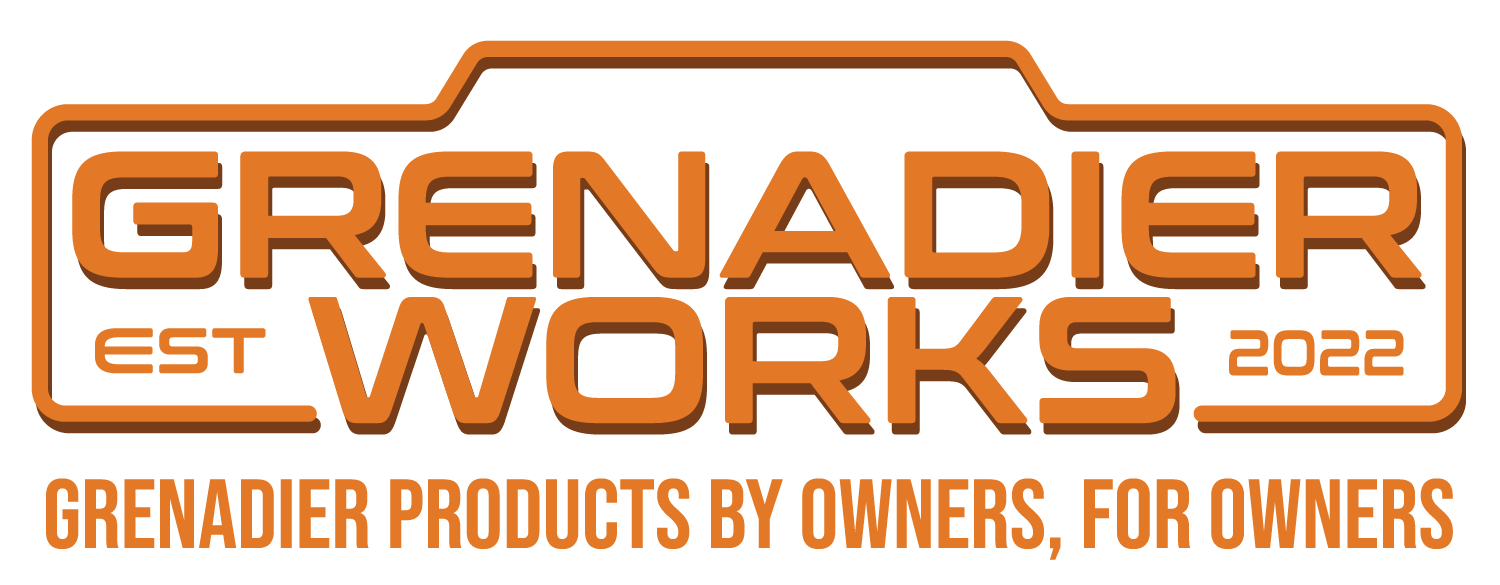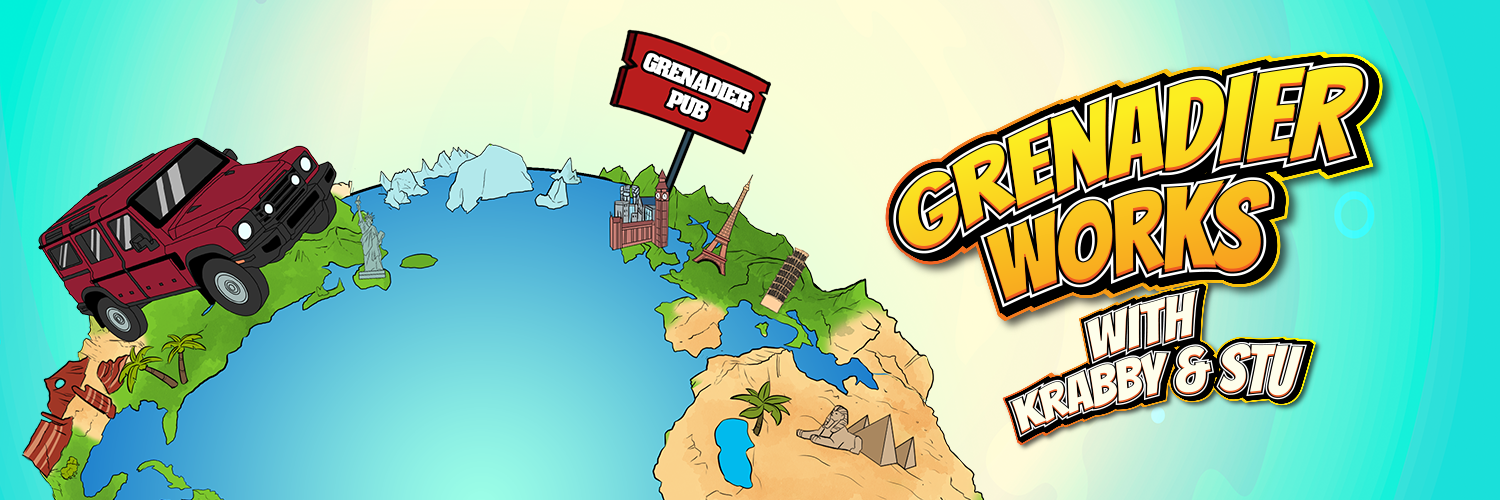I am about to start installing an aftermarket front bar and a Warn winch on a new Grenadier.
- The bar is by off-road animal here in Australia.
- winch is a Warn XD 12S
- vehicle has the 500A high load preparation
What I am trying to work out is how do I wire in the winch using the factory solenoid and prewiring to the high load switches and relays.
The Warn winch only has a positive and negative cable. What is the best way to connect to and use the factory solenoid, relay and high load panel switch?
Thanks.
- The bar is by off-road animal here in Australia.
- winch is a Warn XD 12S
- vehicle has the 500A high load preparation
What I am trying to work out is how do I wire in the winch using the factory solenoid and prewiring to the high load switches and relays.
The Warn winch only has a positive and negative cable. What is the best way to connect to and use the factory solenoid, relay and high load panel switch?
Thanks.



